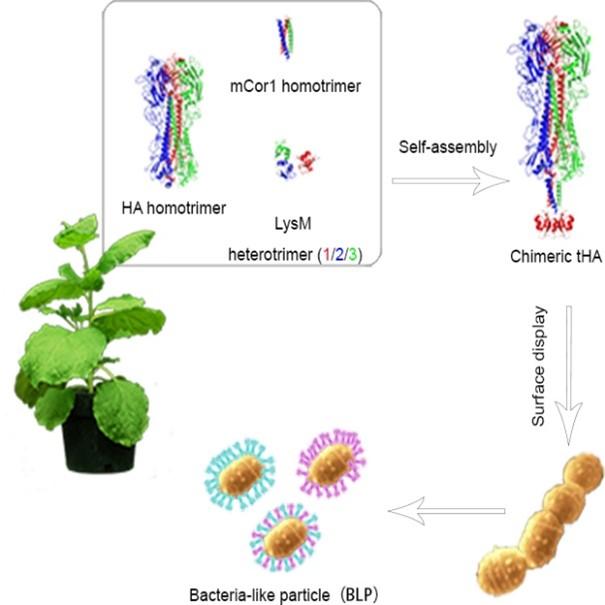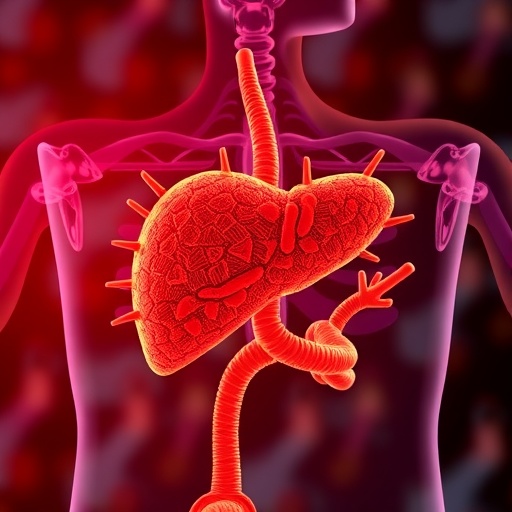Professor Inhwan Hwang and Ph.D. candidate Shi-Jian Song of the Department of Life Science at POSTECH – in joint research with Professor Chang Seon Song of Konkuk University, Professor Woe-Yeon Kim of Gyeongsang National University, and Eun-Ju Sohn of Bioapp, Inc. – have developed a multivalent vaccine against a variety of avian influenza viruses that does not require any adjuvant. This research was recently published in Journal of Integrative Plant Biology.
Infectious diseases in humans and animals caused by the influenza virus are occurring unpredictably around the world, seriously affecting human health and economic activities like the livestock industry. Various vaccines have been developed and used so far, but concerns have been raised regarding their safety. In particular, the recombinant vaccines enjoy high biosafety and specificity, but have the weakness of low immunogenicity and high production cost compared to inactivated virus or live attenuated virus vaccines.
BLPs (tHAs) developed this way showed strong immune responses in mice and chickens without adjuvants. In addition, injections of a bivalent vaccine with two different formulas2 even led to strong immune response to both antigens. This method shows promise to be produced quickly, economically and safely. In fact, the vaccines from this research were applied for patents and are being commercialized with the goal to advance into China and Southeast Asia, as it has gone through a technology transfer to BioApp Co., Ltd.
“Utilizing the green vaccine technology, we have developed a recombinant protein-based vaccine that is safe from exposure to the virus and more,” explained Professor Inhwan Hwang of POSTECH who led the research. “Various strains appear at the same time for influenzas, and this multivalent vaccine can combat such strains.”
This study was conducted with the support of the Ministry of Trade, Industry and Energy and the National Research Foundation of Korea.
###
Media Contact
Jinyoung Huh
[email protected]
Original Source
https:/
Related Journal Article
http://dx.





